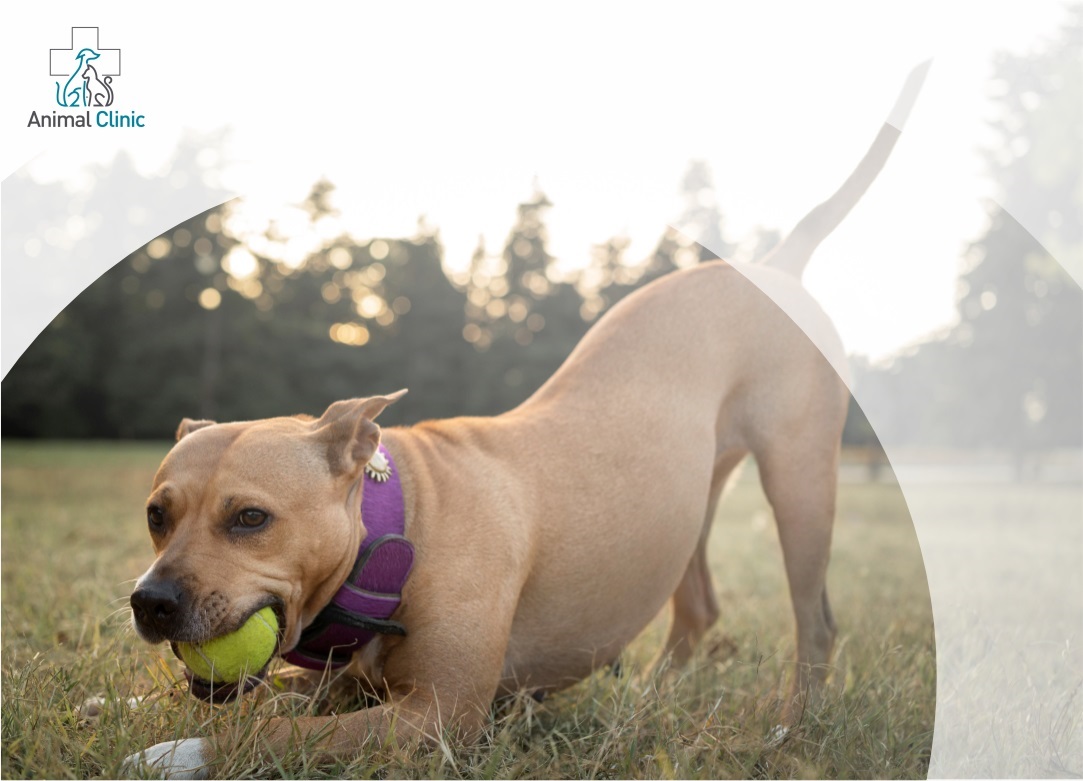- Main
- News and events
- Sporting Dog Breeds: Training, Competitions, and Health of Active Dogs
Sporting Dog Breeds: Training, Competitions, and Health of Active Dogs

Many friendly and energetic breeds were originally developed for hunting before eventually becoming companion dogs. However, in urban environments, these dogs don’t get enough physical activity. Professional-level sports training can help meet their exercise needs.
Which Breeds Are Considered Sporting Dogs?
These dogs are true bundles of energy. They are enduring, highly trainable, have excellent coordination, can reach impressive speeds, and are cheerful and sociable. Some of the most notable sporting breeds include:
- Border Collie. The most intelligent and disciplined dogs, capable of memorizing even the most complex commands and performing them with great enthusiasm. This breed often dominates in sports such as frisbee, agility, dog dancing, and obedience.
- English Springer Spaniel. Known for their jumping ability and grace. They make excellent search and rescue dogs. Field trials, hunting competitions, and agility are perfect activities for these dogs.
- Weimaraner. An energetic dog with a steady temperament and excellent memory. Friendly toward adults and children, but companionship alone isn’t enough for this lively breed — they need activity. Flyball or agility are great sports for them.
The advantage of professional training and competitions is that the dog becomes more obedient, and adequate energy expenditure promotes calm behavior at home.
Preparing Sporting Dogs for Competitions While Caring for Their Health
The first step is building trust with your dog. Complete a basic obedience course or urban adaptation training. When it comes to workouts, follow these rules:
- Gradual load increase. Always include warm-up and cool-down exercises. Adjust the intensity to the dog’s condition: if they’re energetic, increase the load; if they’re less active, repeat basic commands.
- Consider weather conditions. Avoid training in hot weather. Short-haired breeds dislike exercising in the cold. The “Barrier” (jump) command should only be practiced on dry surfaces to prevent slipping and injury. Puppies should be assisted during complex exercises.
- Choose the right location. The training area must be safe. It’s best to practice at the same location consistently so the dog is familiar with its surroundings and less distracted. The ideal spot includes equipment such as a ramp and a tire; benches can serve as an alternative.
For activities like skijoring, canicross, bikejoring, weight pulling, or dog trekking, a specialized harness is necessary to reduce stress on the musculoskeletal system.
Planning to start training with your dog? Consult a veterinarian at Animal Clinic to rule out contraindications, adjust their diet, and choose the right vitamins.
